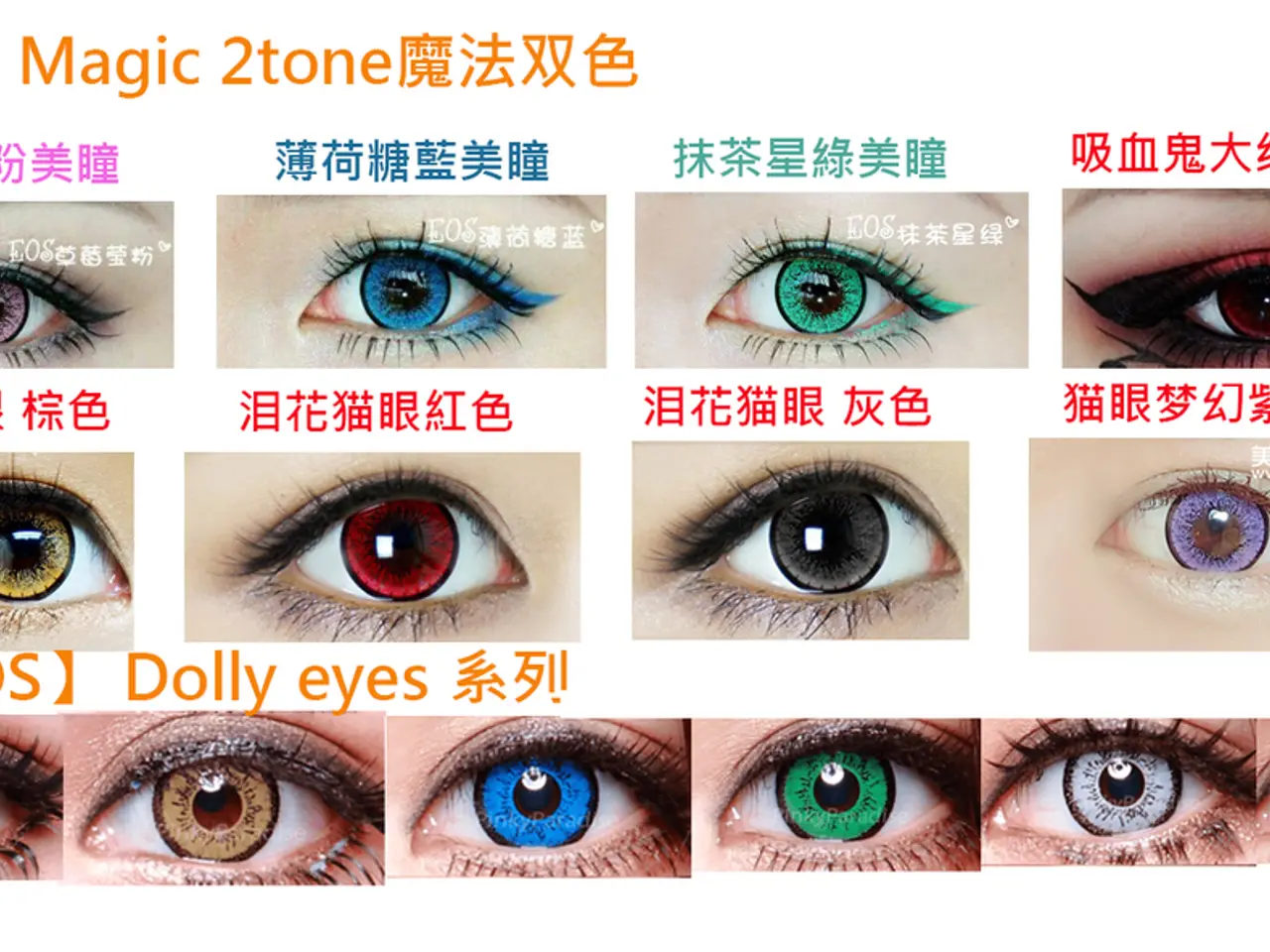Utilizing pattern mining to link cognitive assessments with eye movements during multimedia learning, with the aim of grasping the underlying learning processes.
In a recent study, researchers delved into the intricacies of how learners process information during multimedia learning, focusing on eye-movement dyads and their correlation with self-reported metacognitive judgments.
**Eye-Movement Dyads:** These pairs of eye-tracking measures, such as fixation durations and saccades, offer insights into how learners visually process information over time. By simultaneously recording fixation patterns, scan paths, and pupil dilation, researchers can map observed visual behavior with subjective awareness of understanding, certainty, or confusion.
**Aligning Eye-Movement Dyads with Self-Reported Metacognitive Judgments:** To achieve this alignment, researchers typically collect concurrent self-report data during or immediately after learning tasks. This approach allows for the direct mapping between visual behavior and metacognitive judgments, providing valuable insights into the cognitive processes underlying learning.
**Lowered and Inaccurate Metacognitive Judgments:** The study found that such judgments are most likely to occur when conceptual discrepancies are present but go undetected or unintegrated by the learner. Specific eye-movement patterns associated with these metacognitive failures include reduced revisits to conflicting information, abrupt or disjointed scan paths, short or shallow fixations on complex elements, and lack of gaze coupling between text and visuals.
**Methodological Considerations:** To robustly identify and analyze these patterns, studies should synchronize eye-tracking and self-report data at a granular, event-based level, segment materials into regions of interest, and use mixed-effects models or machine learning approaches to detect predictive relationships between gaze dynamics and metacognitive accuracy.
**Conclusion:** By identifying and aligning eye-movement dyads with self-reported metacognitive judgments, the study began to address how to identify behavioral indices of metacomprehension processes during multimedia learning. Specific dyads of different length, such as long fixations on the graph to medium fixations on the text, may align with lowered and inaccurate metacognitive judgments for content with text and graph discrepancies. These findings have implications for designing multimedia materials that foster better metacognitive awareness and learning outcomes, especially in contexts where conceptual integration is critical.
However, the study did not explore the impact of different types of multimedia materials on metacognitive judgments, discuss the implications of its findings for the design of educational materials, investigate the metacognitive judgments for content without text and graph discrepancies, or investigate the relationship between eye-movement dyads and other cognitive processes during learning. Nonetheless, this research offers a promising avenue for understanding and enhancing learner processes in multimedia learning environments.
- The study focuses on the correlation between eye-movement dyads and self-reported metacognitive judgments within the context of education-and-self-development, indicating the importance of learners' subjective awareness and its relationship with their visual processing.
- In the process of multimedia learning, understanding the patterns of eye-movement dyads can provide insights into how learners process information, leading to better design of educational materials and improved self-development opportunities.




